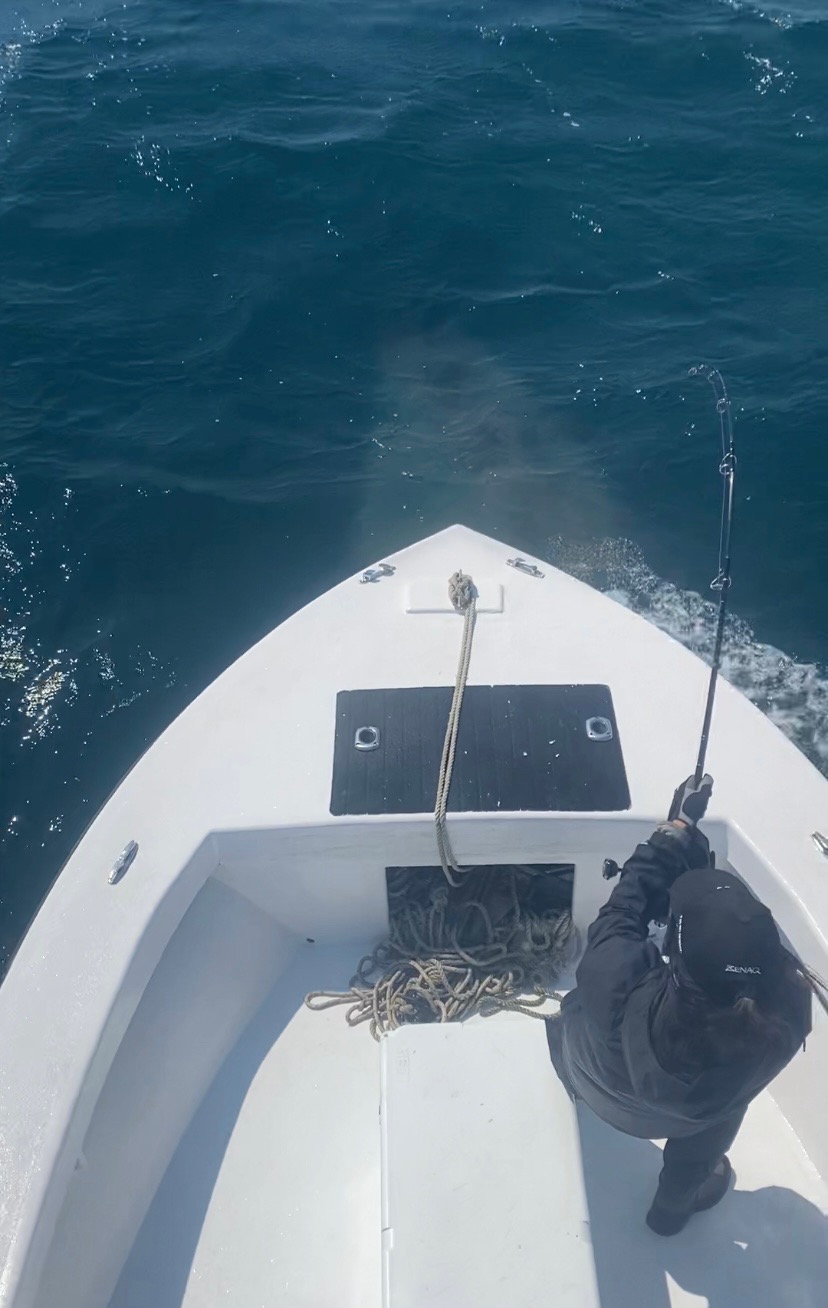Hercules Cluster, Saturn, Jupiter, and other Highlights for June
May was a difficult month to stargaze, with several high-wind thunderstorms and lots of rainy nights. I was able, however, to get a few shots on still, clear evenings.
This is Messier 88, a spiral galaxy in the constellation Coma Berenices. Coma Berenices means the hair of Berenice. Berenice was an Egyptian queen who had her hair cut off as a religious offering. M88 has a visual magnitude of +9.5 and is 36 million light years away. It was discovered on March 18, 1781, by Charles Messier.
This is Messier 13, the Hercules Cluster. With a visual magnitude of +5.8, it can be viewed with the naked eye on very clear, dark nights. If you take the time to head up on the beach or get away from light pollution by driving to Ramp 27, you will have a better chance of spotting it. You can locate it by mentally drawing a line from Arcturus towards a very bright star to the NE, Vega. The Hercules Cluster is about 2/3 of the length of that line. It will be difficult to see without binoculars or a telescope, but if you have the option of viewing M13 through binoculars or a telescope, you will be amazed at how spectacular it is!
What to Look for in June 2017.
Jupiter and Saturn offer great viewing throughout June. Jupiter starts the month fairly high in the sky towards the SE. To the naked eye, it’s the brightest “star” in the sky. You can use binoculars or a telescope to get a closer look at this massive planet. Its diameter is 11 times larger than earth’s, making Jupiter the 2nd largest object in the solar system – (a distant 2nd to the Sun, which is 10 times brighter). Jupiter’s orbit is about 484 million miles from the sun. That’s more than 5 times as far from the sun as we are (93 million miles).
Saturn will rise just after 9:00 PM on the night of June 1. With a magnitude of +0.1, it’s pretty bright, but don’t confuse it with nearby red supergiant star, Antares. Antares is higher in the sky than Saturn and will be visible just after sunset. Like Jupiter, Saturn is fun to explore with the naked eye, then by a good pair of binoculars, and then through a telescope. It appears to be a bright star to the naked eye, but through very good binoculars you can distinguish an oblong shape that is caused by its rings. When you view Saturn through a telescope, its famous rings offer one of the most outstanding sights in the night sky. Saturn is 9 times larger than Earth and almost 9 times further from the Sun than Earth (888 million miles). It’s the 3rd largest object in our solar system. Saturn will be at opposition to the Earth on June 15. That means it’s the closest to us it ever gets (about 746 million miles) and it will be visible all night long.
Mars will be visible near the western horizon just after sundown. Venus will be visible near the eastern horizon just before sunrise.


















